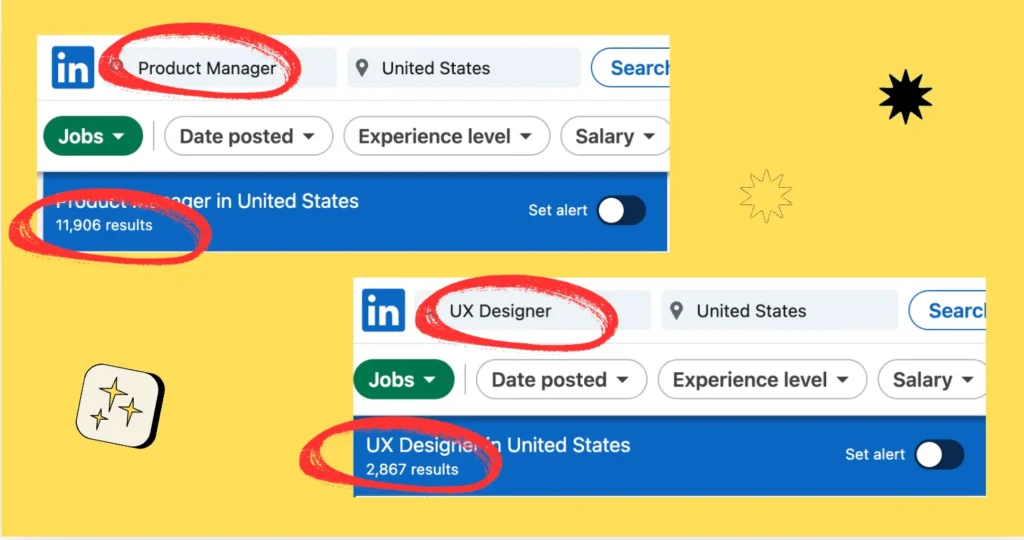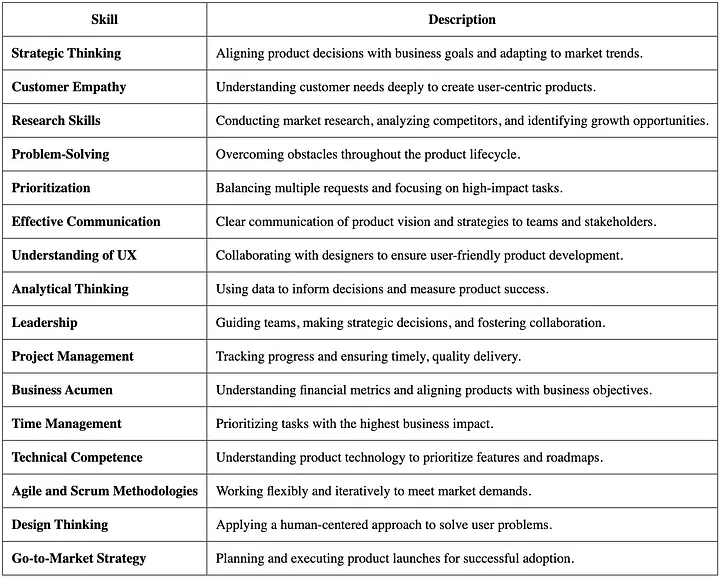Transitioning from UX to PM: A Viable Path?

- Are you content with limited UX responsibilities (e.g., UI adjustments, component updates, and Figma tasks)?
- Or are you drawn to broader business strategy, communication, and decision-making?
Salaries: How Do PMs Compare to UX Designers?
When it comes to earnings, PMs generally have the upper hand due to their business-critical responsibilities
Product Manager Salaries
- Average (US): $87,000–$140,000
- Senior roles: $150,000–$200,000+
UX Designer Salaries
- Average (US): $83,000–$110,000
- Senior roles: $120,000–$183,000+
While UX Designers with niche expertise (e.g., FinTech or e-commerce) can command higher salaries, PMs’ roles are typically viewed as more directly tied to business outcomes, giving them a compensation edge.

Who's Safer From AI: PMs or UX Designers?
However, consider this alternate perspective:
As AI becomes more sophisticated, it will streamline UX and development tasks. Companies may combine roles, reducing the need for specialized UX Designers while retaining PMs who oversee business strategies and communicate with stakeholders.
For instance, if AI reduces the workload of two UX Designers to one, and developers take on basic UX tasks, the company still needs the PM to manage the overall process. Over time, the hybridization of skills could shift the balance further toward PMs.
Essential Skills for Future PMs and UX Designers
For PMs
- Strategic thinking and leadership
- Advanced UX knowledge and AI fluency
- Strong stakeholder communication skills
For UX Designers
- Business acumen and adaptability
- Specialized UX skills (e.g., accessibility or AR/VR design)
- AI-enhanced tools and automation proficiency
Professionals in both roles must focus less on job titles and more on skills that remain relevant amid rapid technological advancements.
Do You Need an MBA to Become a PM?
While an MBA can be an asset, especially from a top-tier institution, it is not a strict requirement for product management. Practical experience often carries more weight

Must-Read Books for Aspiring PMs
If you’re considering transitioning to product management, here are five books to guide your journey
These resources cover everything from product strategy to practical tools for managing teams effectively.
Final Thoughts
The tech industry is transforming. Hybrid roles are emerging, and traditional job descriptions are being redefined. Whether you’re in UX or PM, the key is to remain adaptable, continuously upskill, and focus on areas where human intuition, creativity, and strategy are indispensable.
The future is less about clinging to job titles and more about positioning yourself as a versatile professional ready to thrive in any economic climate. What are your thoughts on the evolving tech landscape? Let’s keep the conversation going!
